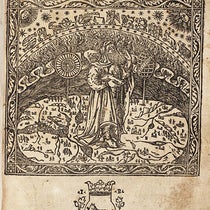Scientist of the Day - David Thompson
David Thompson, a British/Canadian explorer and cartographer, was born Apr. 30, 1770, in Westminster, London. His Welsh immigrant parents were poor, and when his father died, David's mother had to place him in Grey Coat Hospital, which was a school for the underprivileged of Westminster. Thompson was apparently a diligent and bright student, who picked up enough mathematical and clerical skills to be accepted as a 14-year-old apprentice in the Hudson's Bay Company (HBC), which governed Rupert's Land, the part of central Canada that drains into Hudson's Bay. The school even paid his apprentice fee.
Thompson spent his apprenticeship at Churchill and York Factory on Hudson Bay (many of the HBC trading posts were called "factories ", because the head trader was called the Chief Factor). Late in his apprenticeship, in the late 1780s, Thompson broke his leg badly, which gave him a lifelong limp, and he also lost his sight in one eye. But he picked up considerable skills in surveying and map-making, which he really liked. He mapped large parts of Saskatchewan and Manitoba for the HBC.
And then, abruptly, in 1797, Thompson quit the HBC and joined their principal rival, the North West Company (NWC). Reasons were never stated for the move, but the guess is that the HBC was not giving him the mapping opportunities he desired. The NWC was happy to have Thompson explore and map their territory, and Thompson did so, for the next 15 years. Thompson would map nearly 1.5 million square miles of territory – an incredible amount for one man to traverse! – across western Canada and the American northwest, all the way to the Pacific Ocean. In 1811, he became the first European to navigate the entire length of the Columbia River (second image), trying to beat John Jacob Astor’s Pacific Fur Company to the mouth of the river (Thompson lost the race, as Fort Astoria was founded two months before he got there. But Astor's men came around the horn by ship, and not across country, and certainly not down river, so Thompson should have won on style points). Thompson then went all the way back up the river before returning to Quebec!
After 1812, Thompson devoted much of his time to writing up his journals and constructing maps based on the observations and measurements recorded in those journals. But neither journals nor maps were published during his lifetime. I know of one map that survives, in the Ontario Archives (third image) – there are probably more. Since he could not find publishers nor secure surveying work in his old age, Thompson became increasingly impoverished, and died nearly destitute in 1857. He was an unknown figure for the next 50 years.
But he was rescued from oblivion in the early 1900s by Joseph Burr Tyrell, the great Canadian geologist, who published Thompson’s journals, and now Thompson is considered one of the greatest geographers who ever lived and is revered as a Canadian hero. In Stan Rogers’ famous Canadian anthem, “Northwest Passage” (1981), Thompson makes a brief appearance in the third verse, right after Mackenzie. You can find a link to the song in our post on Rogers.
There is no known portrait of Thompson, although you can find purported portraits on Wikipedia and the like. But there is a postage stamp (first image), issued by Canada in 1957, on the centennial of Thompson's death. An enterprising stamp expert, Andrew J. Liptak, published a blog in 2010 with all the submissions that were made by various artists for the commemorative stamp, which he found in the National Archives of Canada. You can see them all here, as well as a variety of First Day Covers, from which we selected one to reproduce (fourth image). The Grey Coat Hospital in Westminster must consider Thompson to be one of their most successful alums, for they have commemorated his attendance with a handsome green plaque (fifth image).
William B. Ashworth, Jr., Consultant for the History of Science, Linda Hall Library and Associate Professor emeritus, Department of History, University of Missouri-Kansas City. Comments or corrections are welcome; please direct to ashworthw@umkc.edu.

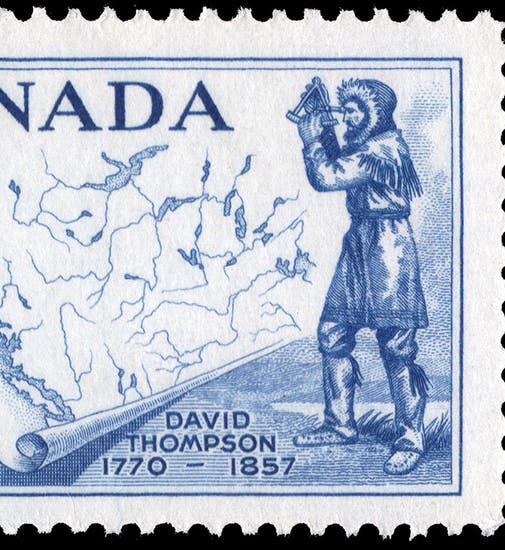
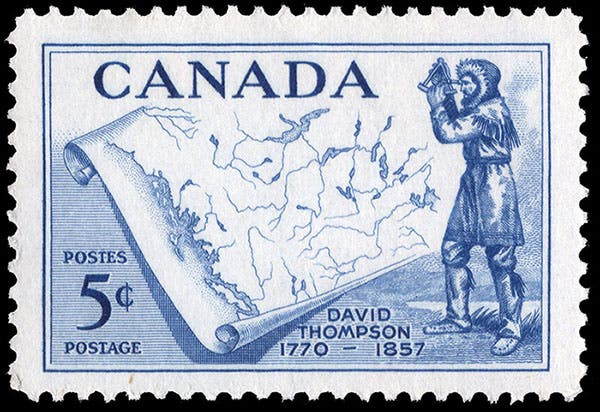
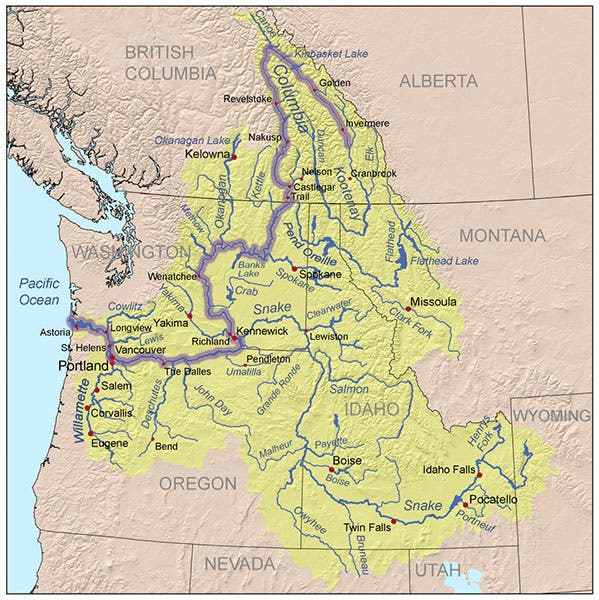
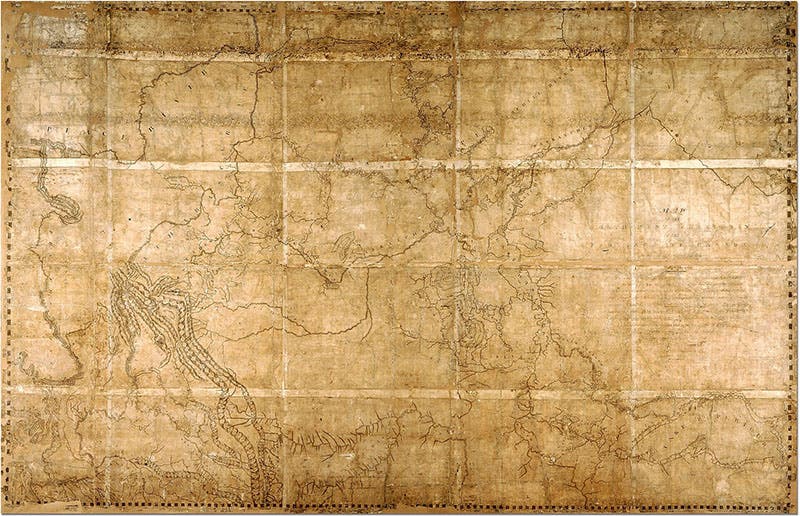
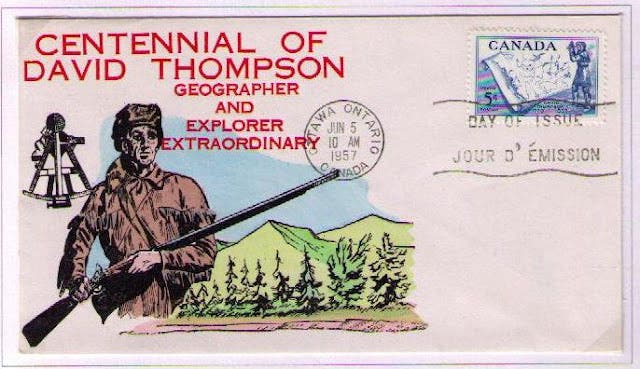
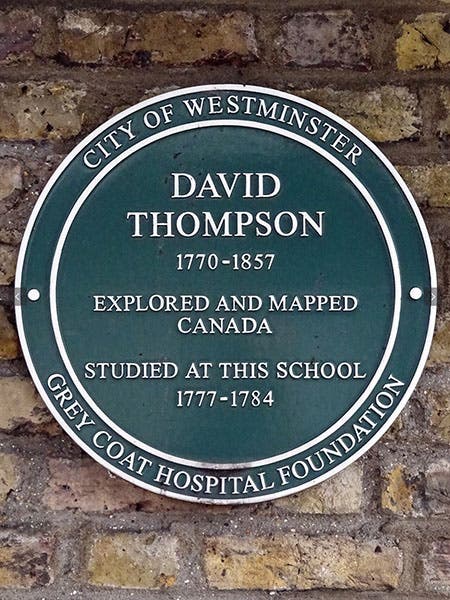
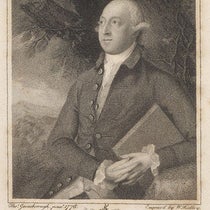
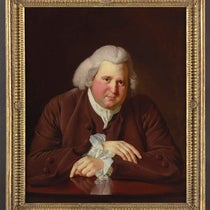
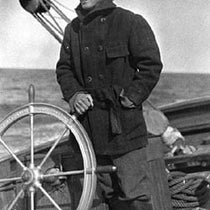
![Using an astrolabe to measure the depth of a well, woodcut in Elucidatio fabricae vsusq[ue] astrolabii, by Johannes Stöffler, 1513 (Linda Hall Library)](https://assets-us-01.kc-usercontent.com:443/9dd25524-761a-000d-d79f-86a5086d4774/a998eb50-55d2-4a88-ace2-a50aa5fa86e7/Stoffler%201.jpg?w=210&h=210&auto=format&fit=crop)
